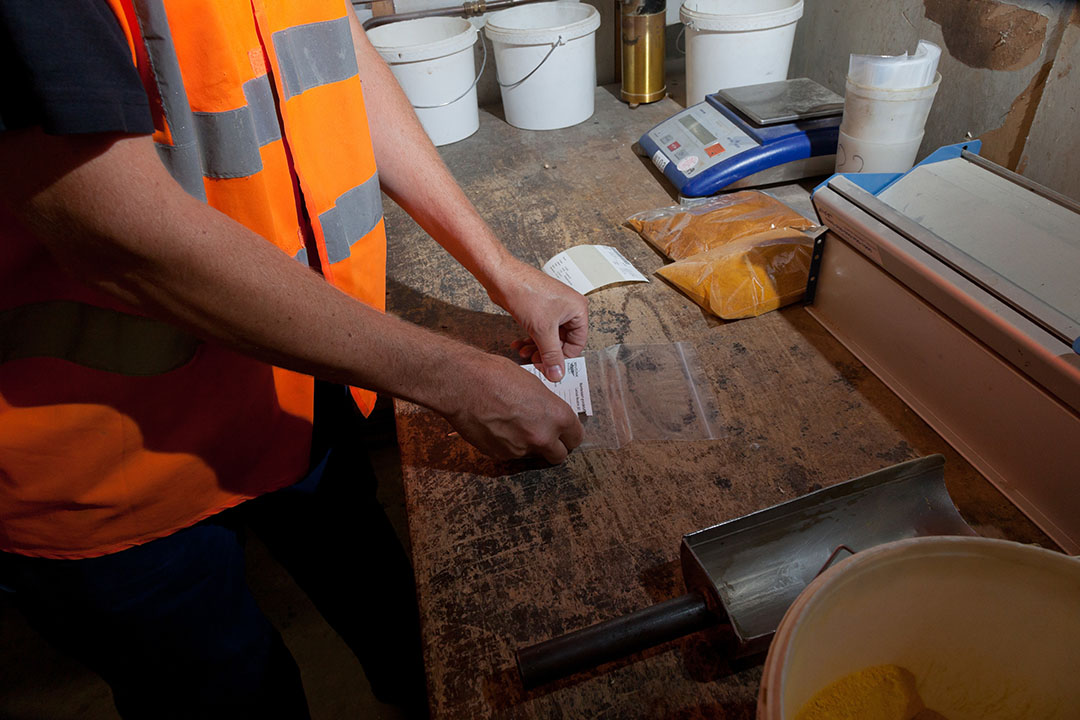Most EWS notifications in feed materials

In 2018, GMP+ received 358 EWS notifications divided across 204 EWS cases, as stated in the EWS annual report 2018. This is an increase of 49% over 2017.
In the end, feed safety still is in the hands of humans. Things can go wrong. In that case, the Early Warning System (EWS) is an important safety net that helps limit the extent of, or mitigate a (potential) problem at an early stage, with the help of adequate measures.
Via the EWS-notification form, feed companies can report risks and (imminent) calamities in feed. After submission, GMP+ International will perform an initial assessment.
More notifications, less warnings
In 2018, GMP+ received 358 EWS notifications divided across 204 EWS cases, as stated in the EWS annual report 2018. This is 49% more than the number of EWS notifications in 2017 (240). However, the number of warnings sent to GMP+ participants was the lowest (7) over the last 4 years. Almost 80% of the notifications (284) concerned feed materials. Compound feed, feed additives, premixtures and (former) foodstuff caused much less problems for GMP+ participants. The number of notifications (155) about microbiological hazards dominate in 2018. The main hazards in feed material (148 notifications) are Salmonella and Enterobacteriaceae. The most issues with Salmonella in feed materials occurred in soy bean meal (47 notifications). The most issues with Enterobacteriaceae in feed materials occurred in whey (19 notifications). Besides the fact that feed materials dominate in the notifications, the notifications regarding feed additives show an increase from 6 to 38 in 2018.
Pesticides/insecticides and heavy metals notifications
The number of notifications relating to pesticides/insecticides has increased from 44 notifications in 2017 to 85 notifications in 2018. This makes the contaminant ‘pesticides/insecticides’ grow with 193%. Also the number of notifications about heavy metals increased in the past year from 11 notifications in 2017 to 30 in 2018, almost tripling.
Causes of contamination
In almost 58% of all notifications the cause of the contamination is known. Hereof 45% of the notifications the cause of the contamination originated somewhere in the production process (category ‘processing inside feed company’). This may be during cultivation (for instance because of the use of pesticides), processing (for instance by a leakage in a machine) or during transport and storage (for instance because of cross-contamination) of the relevant product. Human error(18) is cause number 2, followed by processing outside feed company(14)(e.g. laboratories, food companies, etc.).
In 25% of the notifications the cause of the contamination was not found.
Not always a cause found
The reason for this is that the investigation did not reveal a cause. In 17% of the notifications the cause of the contamination was not applicable, because after studying the case it was concluded that:
- the contamination was not confirmed by the counter analysis
- the feed turned out to be safe;
- the specific feed safety limit was not exceeded;
- there was no specific feed safety limit for the contaminant.
- the importance of a good risk management system.
Situation often under control quickly
The relatively low number of EWS warnings shows that GMP+ certified companies, in most cases, had the situation under control quickly, limiting the risk of contamination in the chain, and preventing feed safety from being compromised. This shows that a good risk management system is implemented within the companies. GMP+ addresses that the challenge for 2019 remains to find the source of contamination in all cases.











